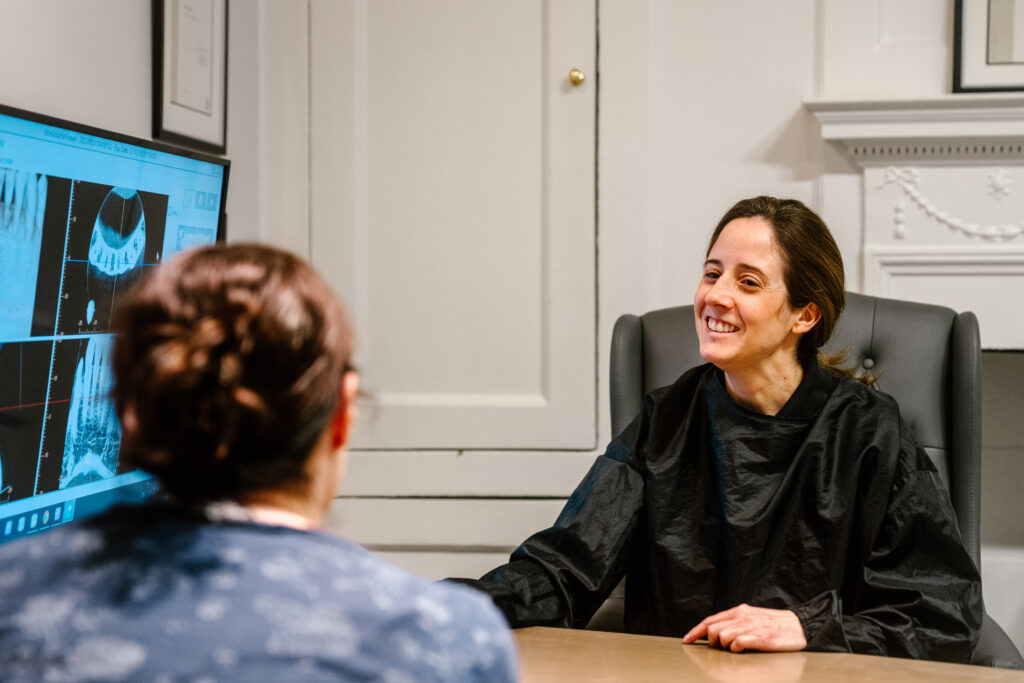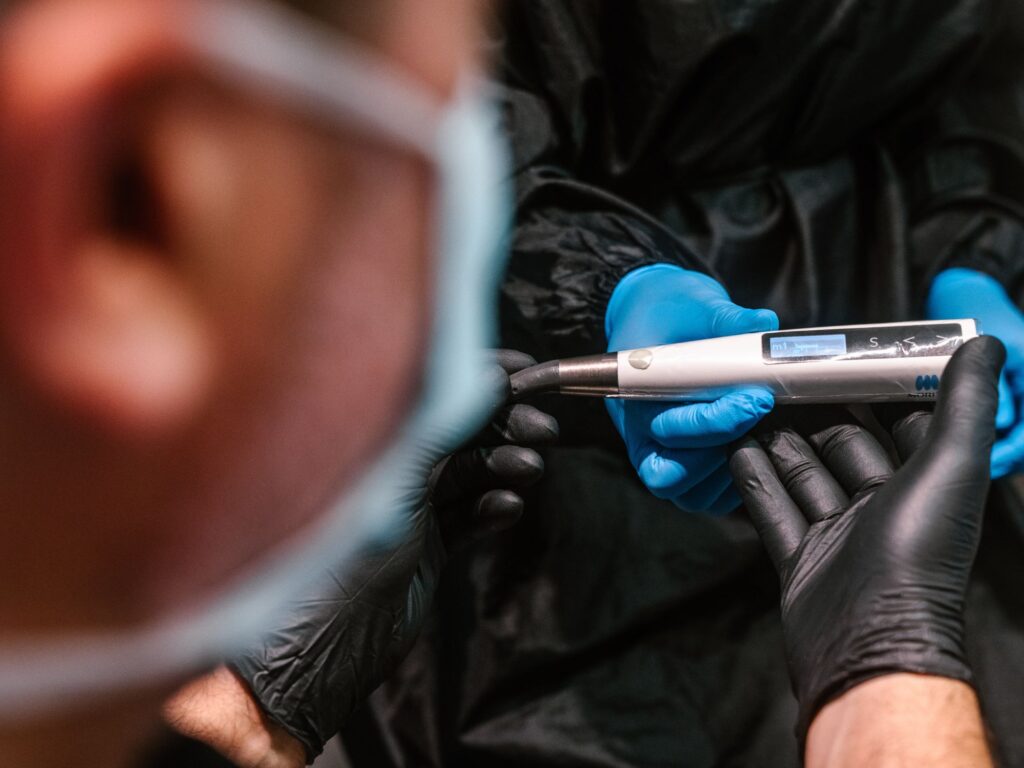
Guest Contribution: Dr Irene Soriano
To Laser or Not to Laser: That is the Question.
Achieving predictable disinfection of the root canal system remains a cornerstone of endodontic success. While chemo-mechanical debridement has long been recognised as the foundation of effective treatment, our capacity to clean the entire internal anatomy remains limited.
The past two decades have brought remarkable advances in mechanical instrumentation. Nickel-titanium rotary systems continue to evolve, improving efficiency, safety, and shaping accuracy. Yet even the most sophisticated files cannot reach beyond the main canal lumen. Lateral canals, isthmuses, apical deltas, and irregular anatomical spaces remain largely untouched by mechanical means.
It is therefore the chemical phase of treatment—irrigation—that bears the responsibility for disinfecting what instruments cannot reach. And yet, in contrast to our progress in file design, our primary irrigant has remained virtually unchanged: sodium hypochlorite.
Sodium hypochlorite is an excellent tissue solvent and broad-spectrum antimicrobial agent. Its activity can be enhanced through heating, agitation, or increased concentration, but these measures come at a cost: potential weakening of dentine, cytotoxicity, and an increased risk of accidents. Moreover, even with optimal use, it is doubtful that irrigants alone can reliably reach all areas of complex root canal systems.
This is where laser-assisted disinfection enters the conversation.

Two primary modalities are currently used in clinical endodontics:
- Photon-Induced Photoacoustic Streaming (PIPS) employs an Er:YAG laser to generate shockwaves within the irrigant, improving its activation and penetration throughout the canal system.
- Antimicrobial Photodynamic Therapy (aPDT) uses a photosensitiser in conjunction with LED or laser light to produce reactive oxygen species that target microbial cell walls with minimal collateral tissue damage.
At the Academy, we have incorporated the Er:YAG laser into our protocols for a few years. Our adoption was cautious and data-driven, with protocols tailored to varying clinical scenarios.
It was about attempting to reduce the small failure rate we all suffer in endodontics by a substantial amount. And doing this without further structural compromise, and keeping mechanical preparations to a minimum.
In our experience, laser activation has resulted in measurable improvements in biofilm disruption, and anecdotally, in patient-reported postoperative comfort. The literature increasingly supports these observations. For example, several in vitro and clinical studies report enhanced bacterial reduction with laser-activated irrigation compared to conventional syringe or sonic techniques. Some evidence also suggests reductions in inflammatory markers and improved healing rates.
However, enthusiasm must be tempered with realism. Lasers are not a panacea. The upfront cost, learning curve, and lack of universal treatment protocols remain real barriers. Furthermore, while laboratory data is compelling, high-quality clinical trials with long-term outcome data are still relatively limited.
Nonetheless, for those of us seeking to push the limits of non-surgical disinfection, lasers represent a meaningful adjunct—especially in cases of persistent infection or inaccessible anatomy.
The decision to “laser or not to laser” is not simply about technology adoption. It is about acknowledging the biological limitations of traditional techniques and being open to innovation that might bridge the gap between mechanical access and biological completeness.
To paraphrase Shakespeare: “Our remedies oft in ourselves do lie.”